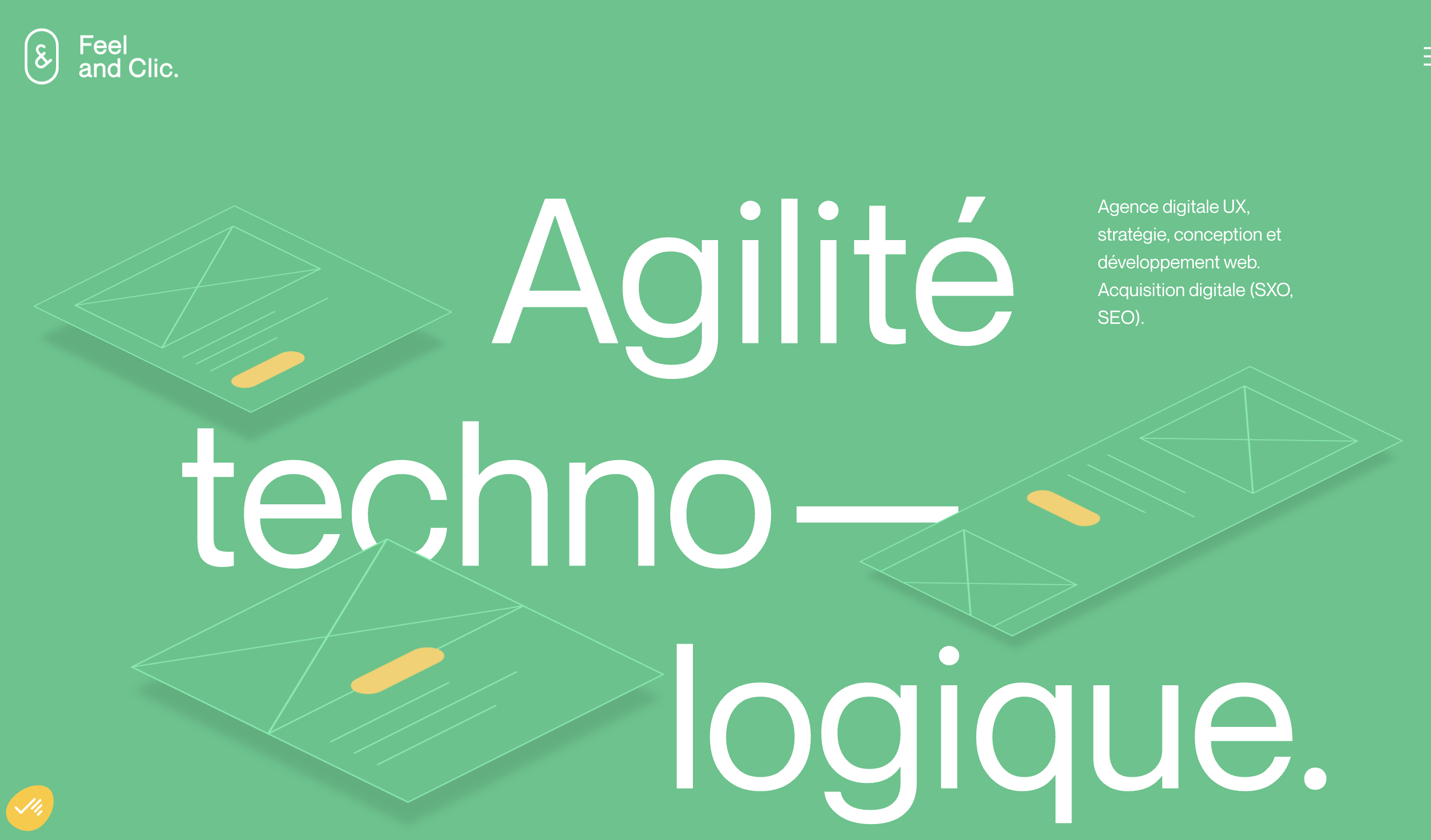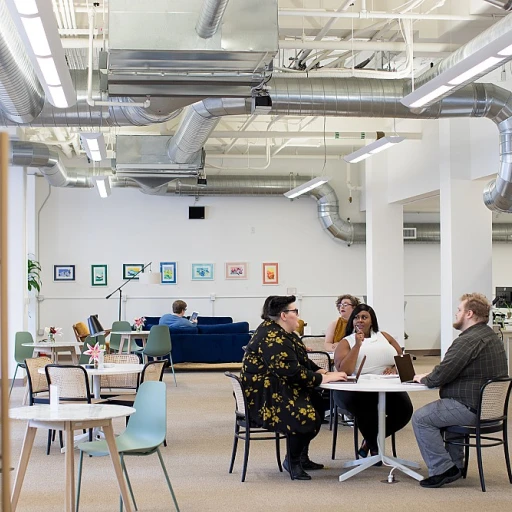
Understanding User Needs
Grasping What Users Really Want
When it comes to design, understanding what users want is like hitting the jackpot. You know, it's all about getting inside their heads and figuring out what makes them tick. You want them to feel that satisfaction when they interact with your design, like it's just meant for them. But how do you get there?
First off, you need to study user behavior. Dive into the data, conduct interviews, and maybe even watch them in action. You'll start to see patterns in what they like, what they don't, and what they wish was different. This isn't just about numbers; it's about feelings and perceptions too. Users' acceptance of your design hinges on how well you meet their needs.
Factors Influencing User Satisfaction
Several factors play into how satisfied users feel. Think about the perceived ease of use. Is your design intuitive, or do users feel like they need a manual to navigate it? The Delone McLean model suggests that system quality directly impacts user satisfaction. So, if your system is clunky or slow, it's a no-go.
Then there's the role of technology acceptance. It's not just about whether users can use the system, but if they want to. Are they drawn to it? Do they see it as a valuable tool in their daily lives? The acceptance model shows that perceived usefulness can sway users' perceptions significantly.
Individual Differences and Organizational Context
Don't forget that not all users are the same. Individual differences matter. What works for one person might not work for another. Some users might be tech-savvy, while others need a bit more guidance. And let's not overlook the organizational context. A management system that fits well within a company's existing processes will likely see higher acceptance and satisfaction des utilisateurs.
In the end, it's about creating an experience utilisateur that feels right for les utilisateurs, no matter their background or the systems they're used to. By focusing on these aspects, you can boost both customer satisfaction and system success.
Intuitive Design Principles
Design That Just Feels Right
When it comes to design, it's not just about making things look pretty. It's about creating an experience that feels natural and intuitive for users. Think of it like walking into a room and knowing exactly where to go without needing a map. That's the magic of intuitive design principles.
Designers often rely on certain principles to ensure that a user’s journey is smooth and satisfying. Here are some factors that play a crucial role:
- Simplicity: The less clutter, the better. Users should find what they need without unnecessary distractions.
- Consistency: Keeping elements uniform across the board helps users understand and predict how the system will behave.
- Feedback: Let users know their actions have been registered. A simple click should lead to an immediate response.
The Beauty of Design
Aesthetics play a significant role in how users perceive a system. A visually appealing design can boost user satisfaction and acceptance. It's not just about colors and fonts; it's about creating an emotional connection. When users feel good about what they're seeing, they're more likely to stick around.
Studies have shown that aesthetics can influence users' perceptions of system quality and acceptance. The Delone McLean model highlights the importance of system quality in user satisfaction. By focusing on design elements that resonate with users, you can create a more engaging experience.
Speed Matters
No one likes waiting around. Performance and efficiency are key factors in user satisfaction. A slow-loading page can lead to frustration and a decrease in customer satisfaction. Users expect systems to be quick and responsive, and meeting these expectations is crucial for success.
Consider how a fast, efficient design can improve the overall experience utilisateur. When users can accomplish their goals without delays, they're more likely to have a positive perception of the system.
Building Better Experiences
Design is a continuous process. Feedback and iteration are essential for creating a system that meets users' needs. By listening to les utilisateurs and making improvements, you can enhance the experience and boost user satisfaction.
Organizational factors also play a role in design development. A strong management system can support ongoing improvements and ensure that the design continues to meet user expectations.
For startups looking to enhance their user experience, focusing on effective user testing and feedback can be a game-changer. Enhancing user experience for startups is all about understanding and adapting to users' needs.
The Role of Aesthetics
Visual Impact and Emotional Connection
When we think about what grabs a user's eye, the role of aesthetics can't be overlooked. The design isn't just about how it works—it's also about how it resonates with the emotions and expectations of users. Intricate, yet intuitive interfaces can create a user satisfaction level beyond mere functionality. Users often equate an appealing look with system quality. Satisfaction Through Seamless Design Designs that speak to the users' senses influence perception and technology acceptance. An aesthetically pleasing interface can bridge the gap between system design and user satisfaction. Take the Delone McLean model for instance; it emphasizes that visual design directly impacts user satisfaction. Colors, shapes, and the overall feel of the interface shape users' perceptions and acceptance of technology. Impact on User Behavior Users often gravitate towards platforms where their experience is pleasurable and smooth. This isn't just about creating pretty visuals but also about ensuring an experience that resonates with a sense of directness and honesty. Whether it’s the immediate acceptance of a technology due to perceived ease or customer satisfaction derived from engaging visuals, aesthetics play a crucial role in the ways users interact with a system. A study might show how subtle design elements like typography and imagery not only enhance the users' acceptance of technology but also influence their overall experience utilisateur. It's crucial to transition seamlessly between directing the user's attention and reinforcing their sense of the platform's credibility. Organizational Impact Design decisions are often more than skin-deep, affecting management systems and organizational service models. Implementing cohesive design strategies across various touchpoints increases system success, leading to increased acceptance technology. This forms a management system where customer satisfaction is at the forefront, driven by intelligent design choices. To explore more on how inclusive design can elevate user engagement, visit this blog which offers insights into crafting a truly engaging experience for les utilisateurs. Aesthetic elements, when executed with care, not only enhance the interface but ignite user satisfaction—building a bridge between function and feeling, and creating a lasting connection between the user and the system.Performance and Efficiency
Speed Matters but So Does Efficiency
Dancing around the digital space can get frustrating if everything's slow and buggy. We've all been there, staring at a loading screen that seems to never change or grappling with an app that acts like it's got a mind of its own. Performance in design isn't just a tech geek's dream; it's a must for keeping users' satisfaction high and their patience intact. When a system delivers results fast, users are more likely to perceive it as high quality, boosting their willingness to continue using it. Efficient systems not only keep users happy but also contribute to system success by sticking to the Delone McLean model, which ties user satisfaction to outcomes and system quality. Consider your daily apps. They must be snappy and ready to respond. An unquestionable factor in this acceptance model is perceived ease of use—a smooth ride across digital platforms keeps users engaged and satisfied. Performance issues? Those can quickly wear down a customer's enthusiasm, so the system's tech backbone should be solid. Factors like technology acceptance and management systems can't be overshadowed. Bringing technology management into play ensures smooth operations and mitigates discrepancies, positively impacting users' perceptions. If the system's a breeze to navigate, you’ve already managed half the battle for customer satisfaction. Users' acceptance heavily depends on these principles. Drawing from experience, consider streaming platforms. The magic they've spun involves balancing video loading speeds with consistent high quality, keeping customers glued to the screen without a second thought about buffering—it’s the secret sauce behind loyal subscribers. In the end, prioritizing unsurpassed speed and performance alongside user-friendly experience lire l'article sur "Amélioration de l'expérience utilisateur en design agile" can greatly enhance user satisfaction and acceptance in any design system.Feedback and Iteration
Listening and Learning: The Heartbeat of Design
Feedback is like a conversation between the designer and the user, a back-and-forth that helps refine and improve the design. It's not just about collecting opinions; it's about creating a loop of continuous improvement. When users feel heard, their satisfaction grows, and they are more likely to embrace the system.
Consider the Delone and McLean model of information systems success, which emphasizes the importance of user feedback in achieving system quality and user satisfaction. This model illustrates how feedback loops can influence users' perceptions and acceptance of technology. By integrating feedback effectively, designers can improve the perceived ease of use and overall user satisfaction.
Iterate Like a Pro: Adapting to User Needs
Iteration is the secret sauce in design development. It's not about getting it right the first time but about refining and improving over time. Think of it as a study in progress, where each version of the design is a step closer to meeting user needs. This approach helps in managing user expectations and enhancing the user experience.
Incorporating user feedback into the design process is essential for creating a system that meets the needs of les utilisateurs. By listening to users and adapting designs accordingly, designers can boost customer satisfaction and acceptance technology. This process not only improves the design but also strengthens the relationship between the designer and the user.
Real-World Stories: Learning from Experience
Consider a company that launched a new app with great anticipation. Initial reviews were lukewarm, with users citing issues with navigation and performance. Instead of sticking to their guns, the development team embraced user feedback, iterating on the design and addressing concerns. The result? A surge in user satisfaction and a boost in customer loyalty.
This example underscores the importance of feedback and iteration in the design process. By valuing user input and being willing to adapt, designers can create systems that not only meet but exceed user expectations. This approach is a testament to the power of listening and learning in design.














